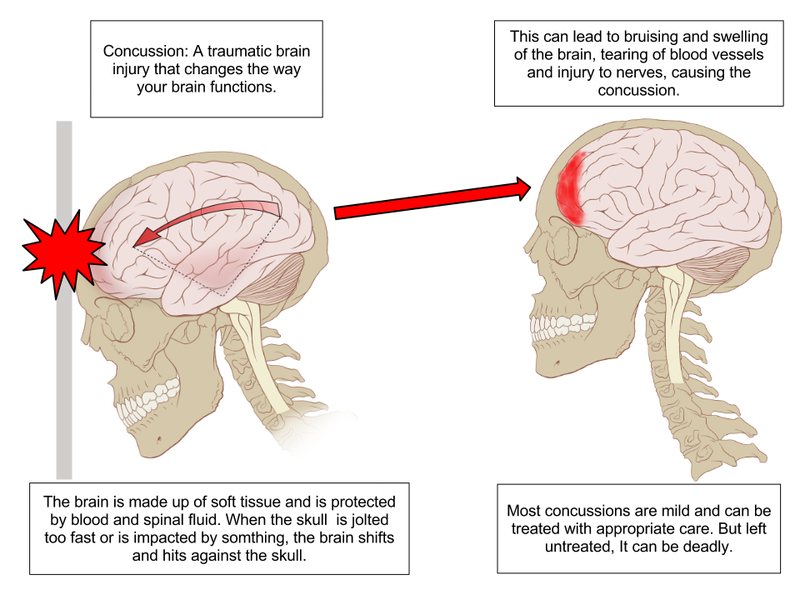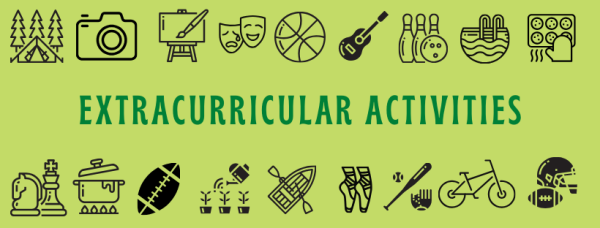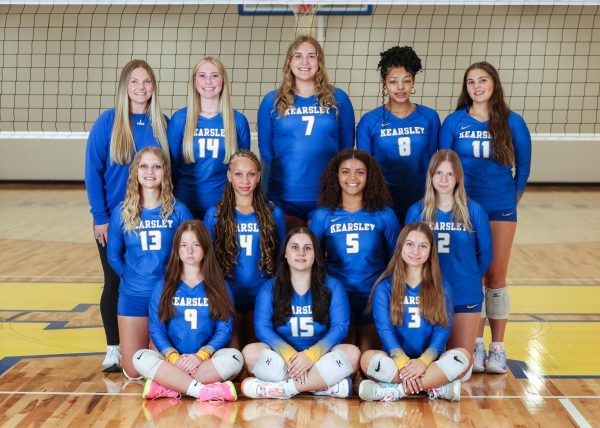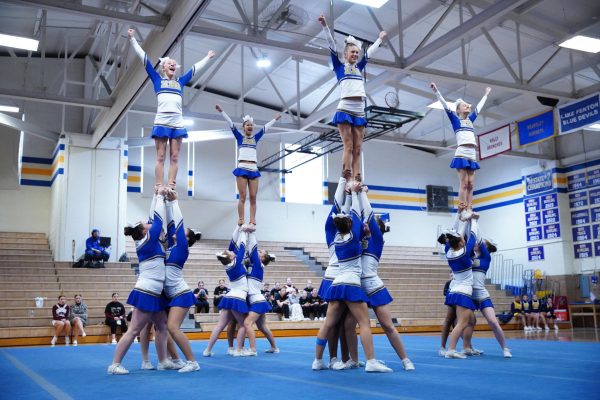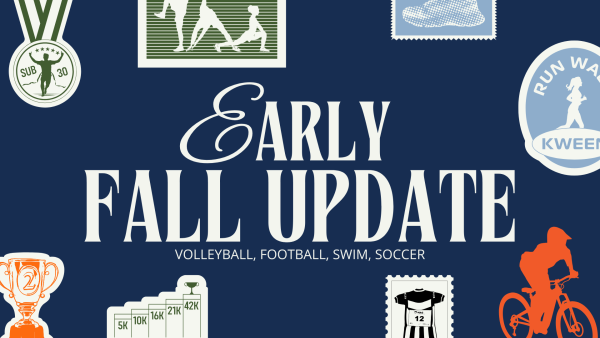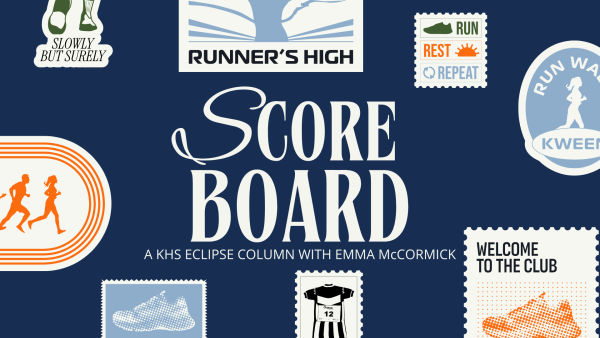Concussion awareness has increased to prevent, diagnose them
IMAGE / Wikimedia Commons
Concussions are a serious injury that harm many high school athletes each year. The diagram shown above is a break down of what happens to the brain in order to become concussed.
When a student athlete gets knocked down during play, coaches and parents sit on the edges of their seats to see if the athlete can resume playing. Sometimes, the fallen athlete suffers from a concussion.
According to a 2009-10 national survey about injuries in high school sports, more than 140,000 high school athletes get concussions annually.
At KHS, the average is about six to eight, Mr. Paul Gaudard, athletics director, said.
Because concussions should not be taken in a light manner, the governing bodies of Michigan high school sports create rules to help reduce the chances of athletes sustaining concussions.
Rules created by the National Federation of State High School Associations regarding concussions apply to high school sports across the nation, and the Michigan High School Athletic Association also has added rules and created
concussion protocol for all Michigan administrators, coaches, officials, and athletes to follow.
For instance, the MHSAA restricts the amount of contact practices any high school sport can have in a week.
Kearsley takes prevention a step further. In football, for example, Mr. Paul Gaudard, athletics director, said Kearsley uses the best football helmets available to protect players.
“We only purchase Riddell speed helmets, which have been consistently rated very high by studies performed on football helmets,” Gaudard said.
Also, Mr. Keith Saxton, the certified athletic trainer at KHS, is at most home events to help diagnose concussions.
Once an athlete has been diagnosed with a concussion, there is an immediate removal of him from the contest and he cannot participate in practices or competitions until cleared by a health-care professional.
Football player Jacob Lucius, senior, has sustained a concussion due to a sports injury.
“I was never able to fully recover from it so I could play again, and I ended up not playing football anymore,” Lucius said.
Some of the symptoms associated with having a concussion are loss of consciousness, headaches, dizziness, confusion, or balance problems.
“(The symptoms) didn’t hit me until the next day,” Lucius said. “When I woke up I had a headache, and it didn’t go away for days. If I did anything athletic, my head would pound and my vision started to get blurry.”
Gaudard said that football is the sport with the most amount of concussions, followed by girls’ soccer.
Senior Miranda McFarlane has sustained a concussion due to an on-field injury playing soccer.
“In soccer, this girl and I fell and she hit my head with her cleat,” McFarlane said. “I was really dizzy, and I couldn’t see straight.”
In order for concussed athletes to be cleared to play again, they have to be symptom-free during reevaluation and have a physician’s note saying they are able to return to play.
If a concussed athlete continues to show symptoms during reevaluation, then more time is added to the athlete’s break.
If athletes play during the time they are supposed to be resting, the school will have to forfeit the competition and be put on probation according to MHSAA rules.
Athletes should not take concussions lightly and should try to prevent them in any possible way.
Saxton said athletes who think they may have any injury, especially a concussion, should be checked out.
“They should not be afraid to be evaluated if they ever believe something may be wrong,” Saxton said.

Class: Senior
Clubs: National Honor Society, Student Council, Quiz Bowl
Athletics: Cross Country
Hobbies: Scrapbooking, Knitting
Future Plans:...

